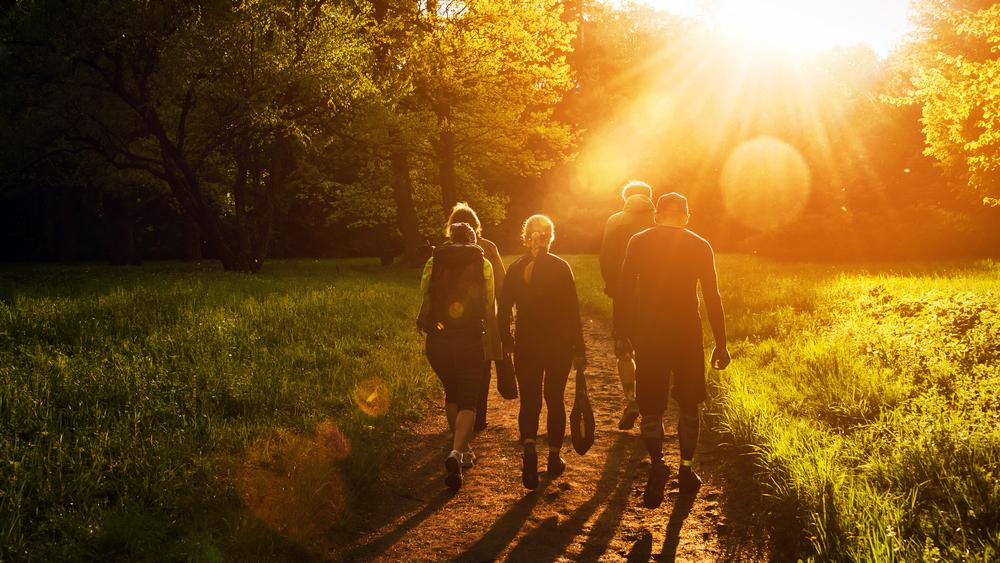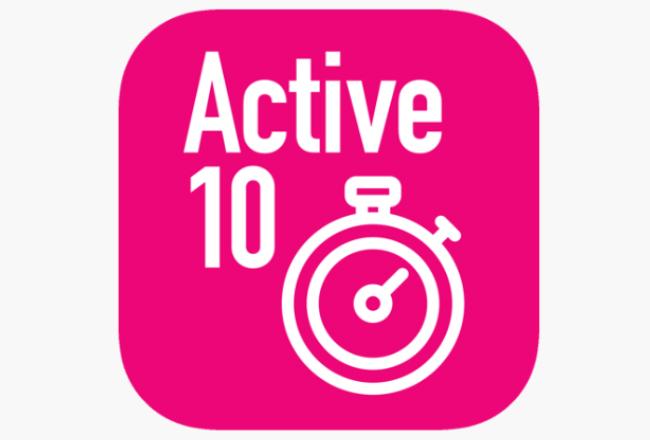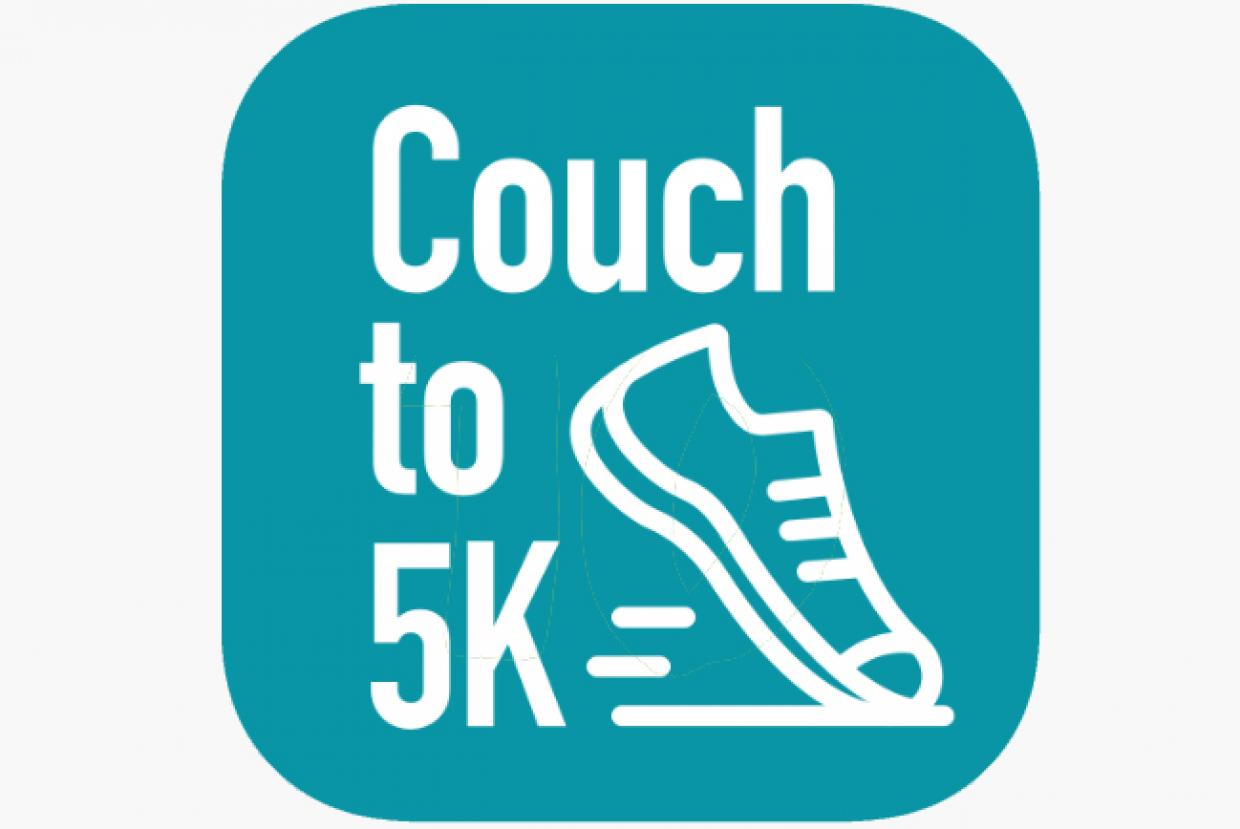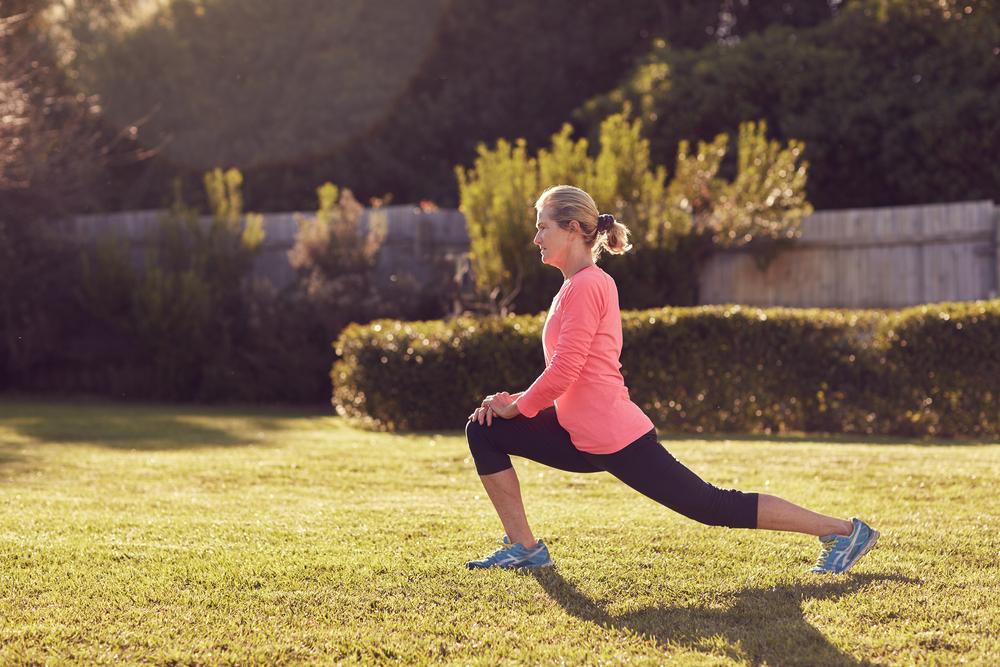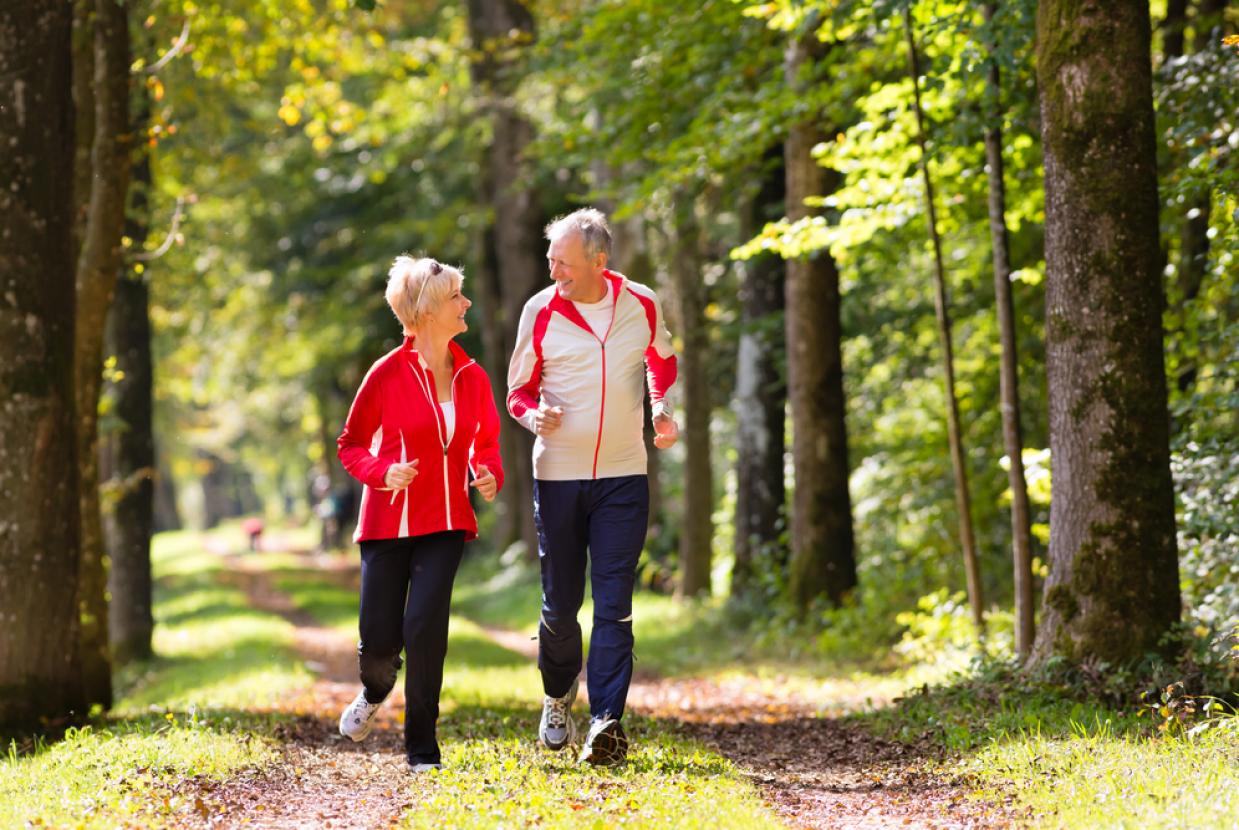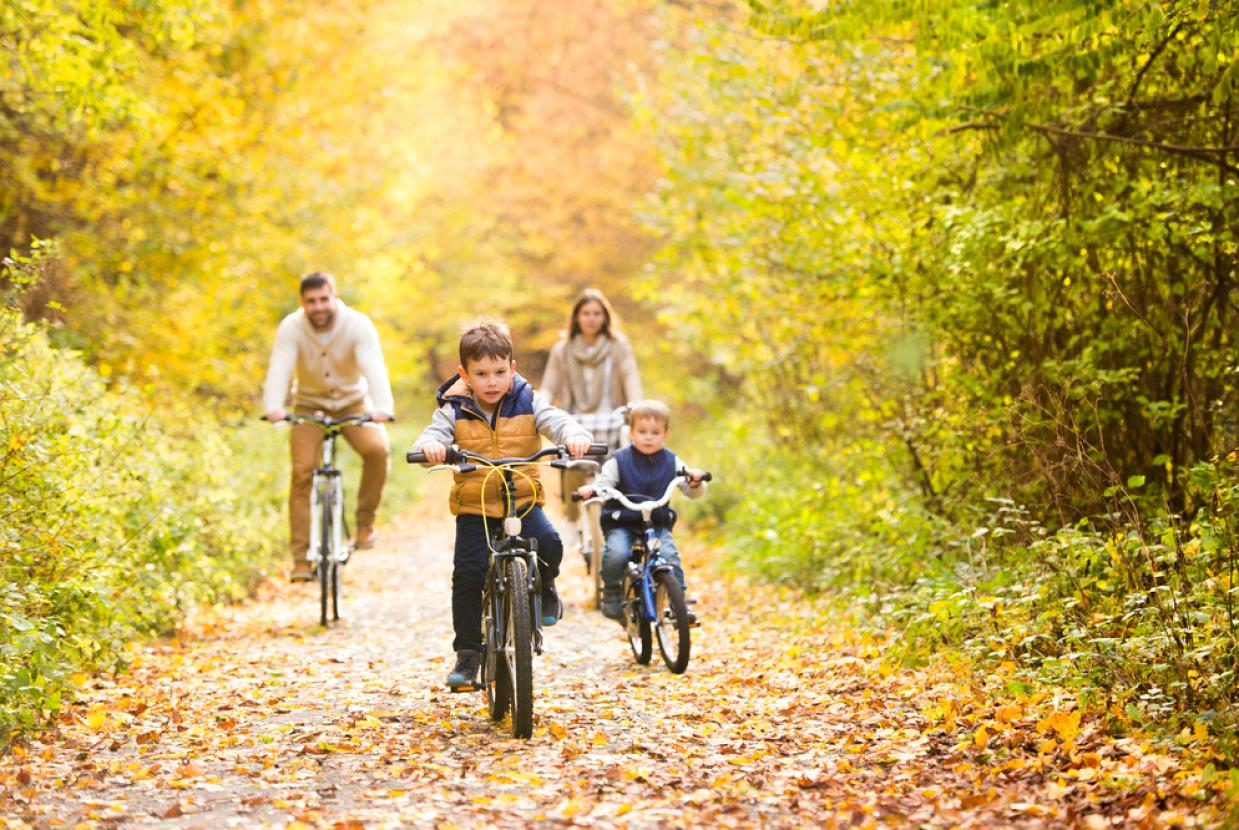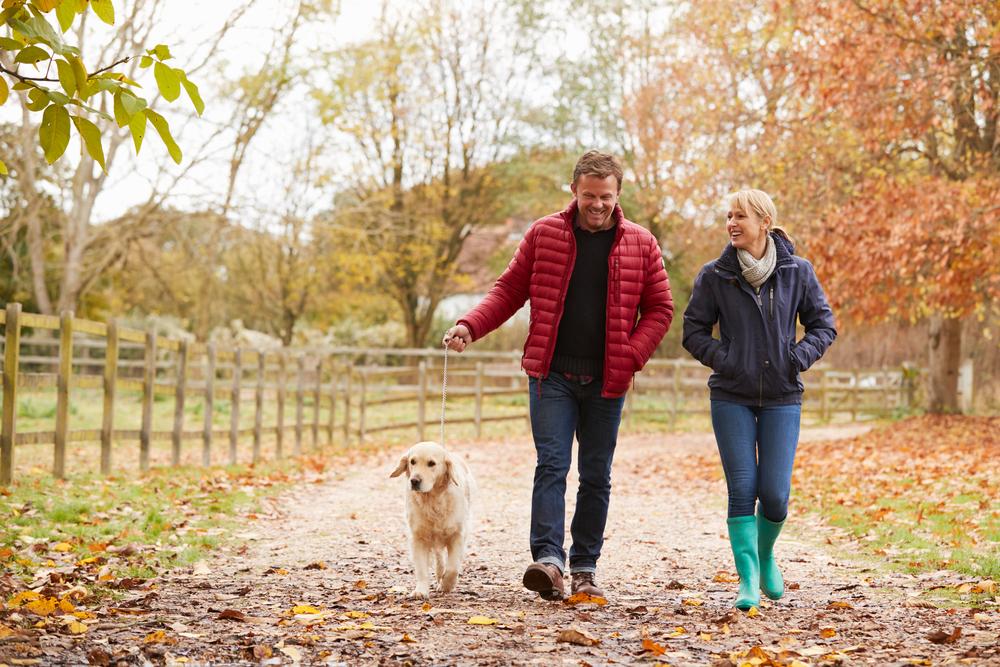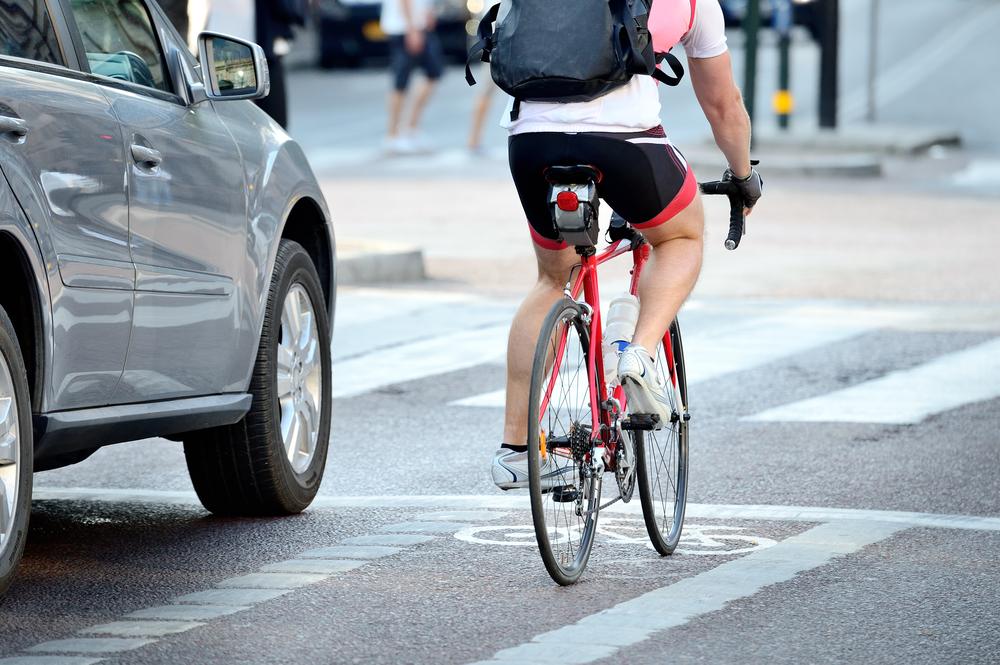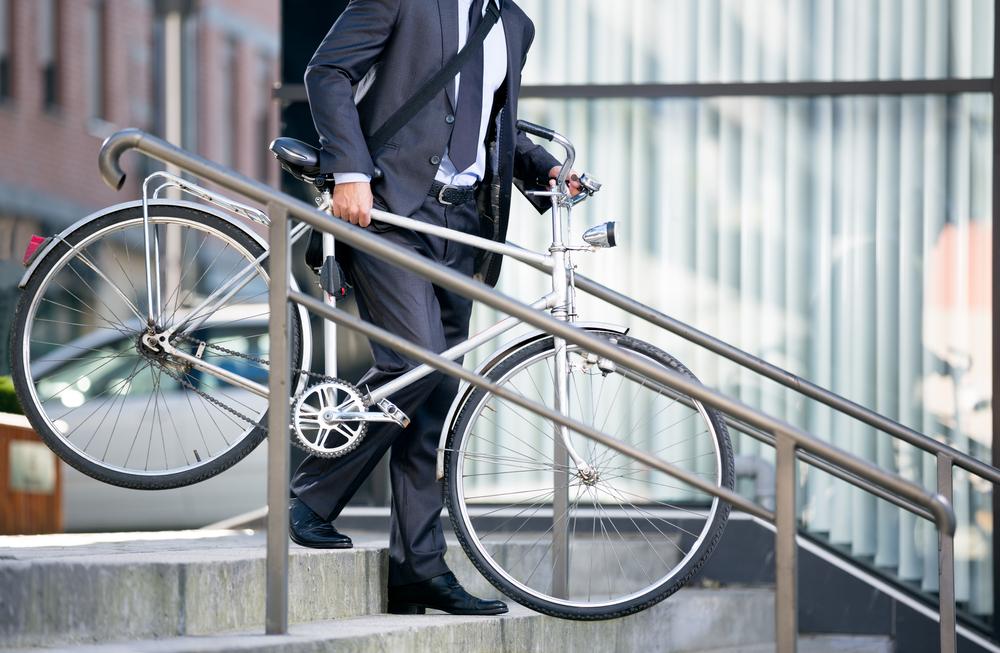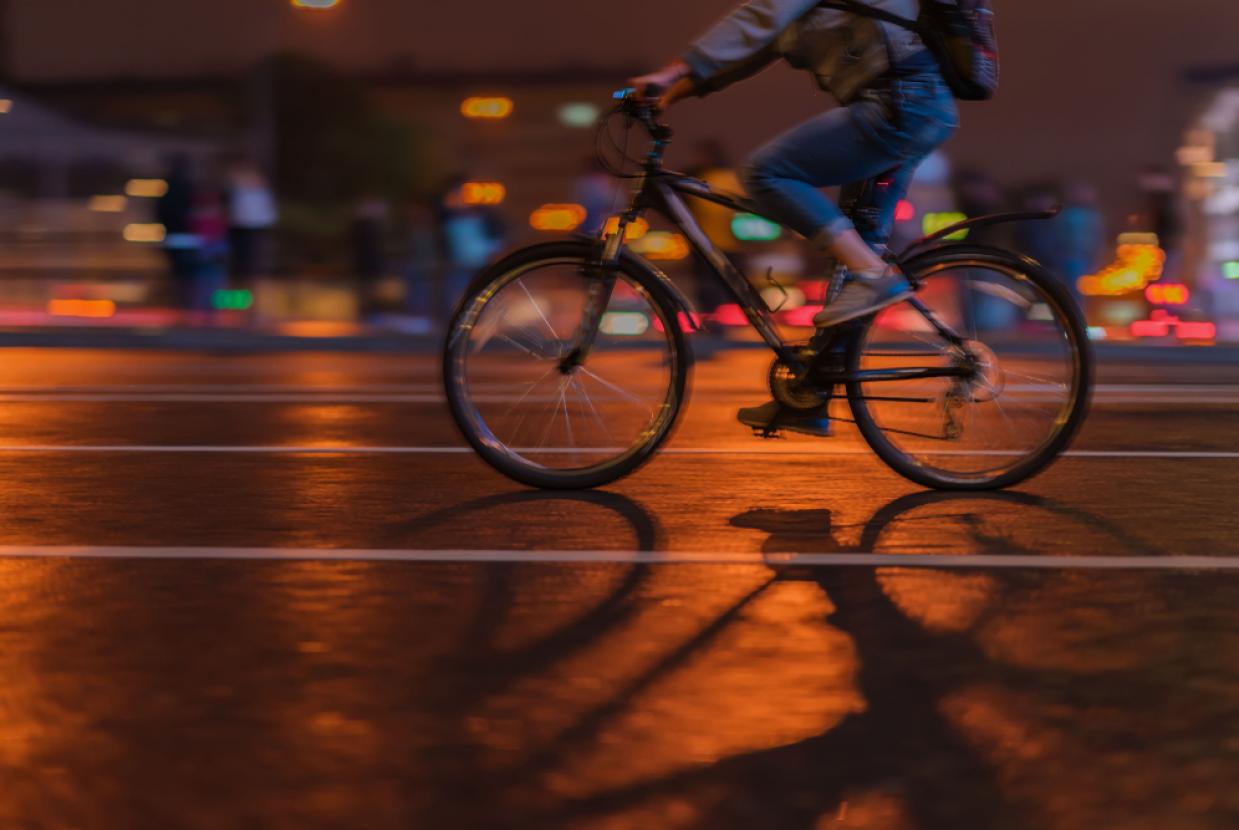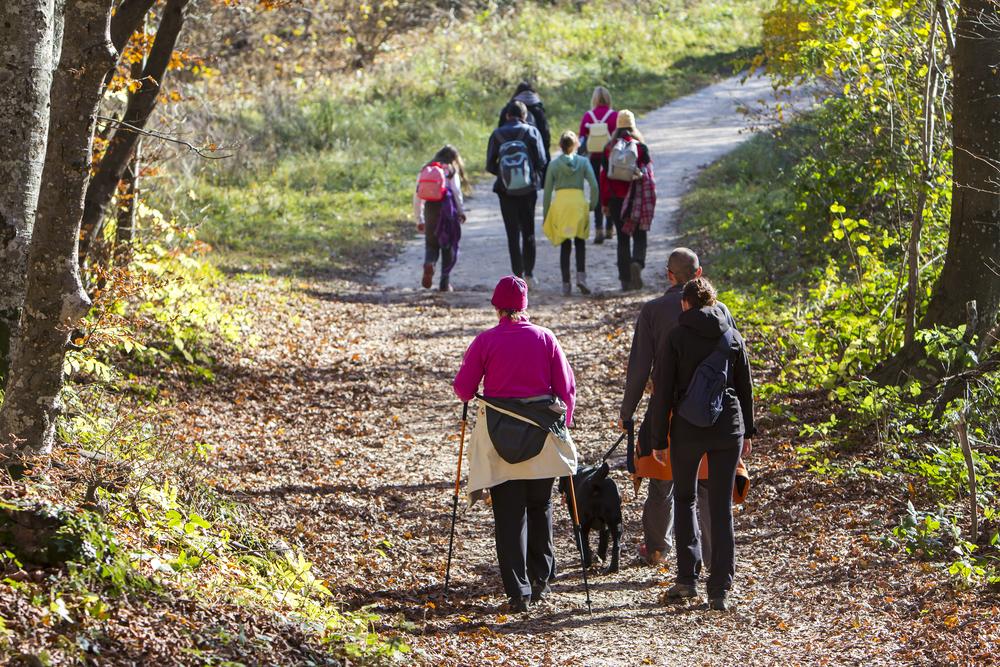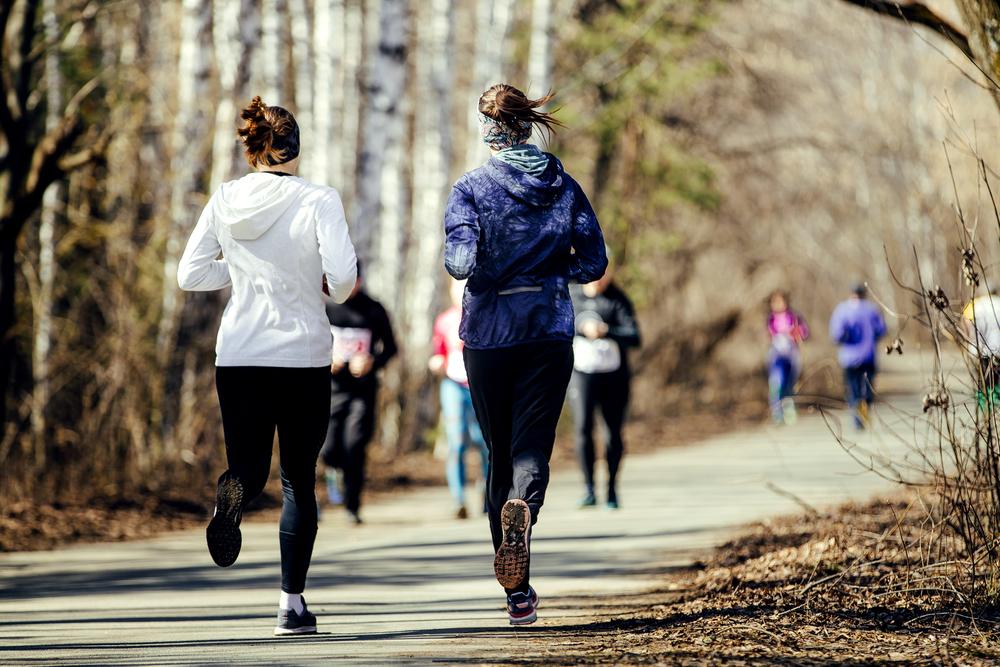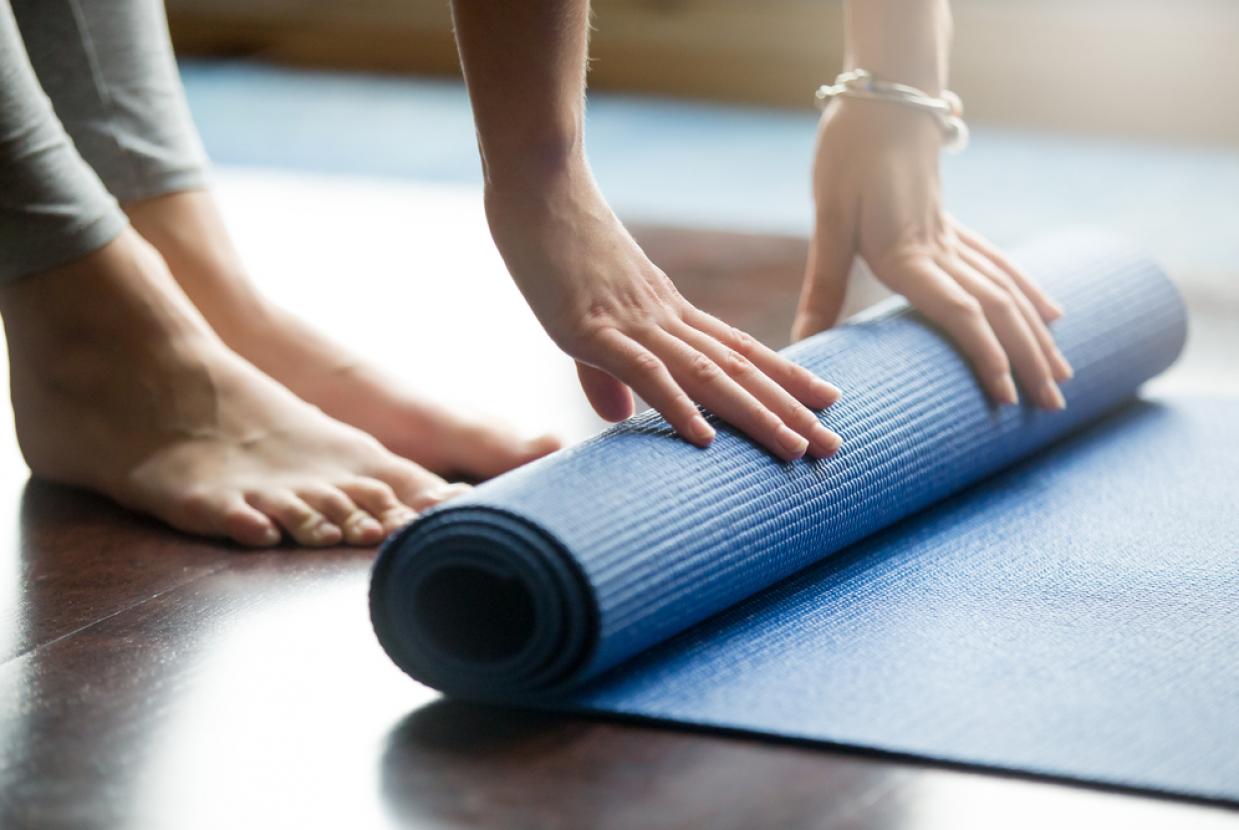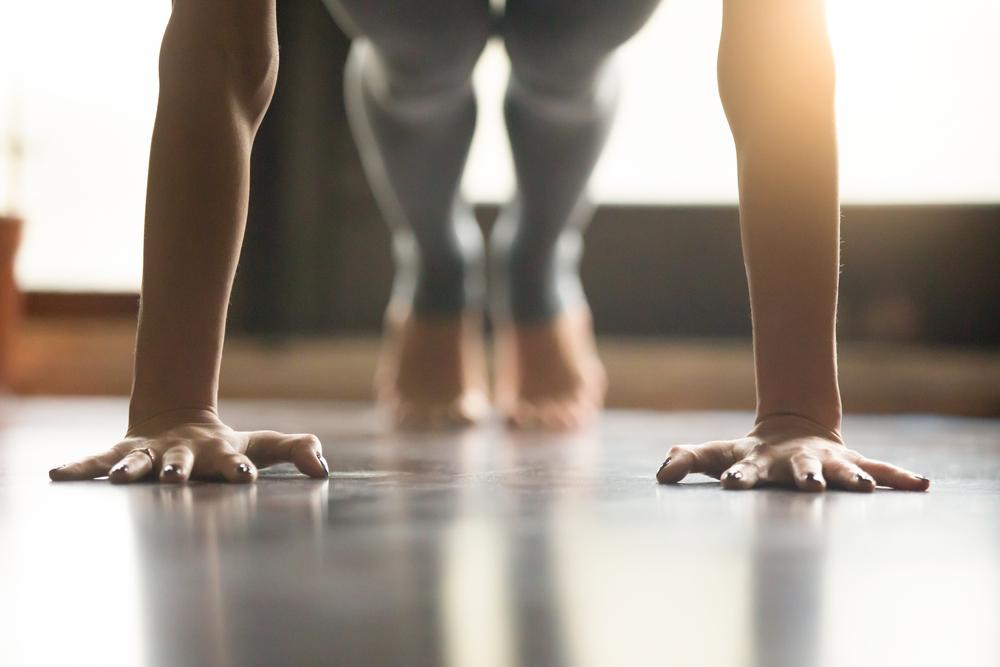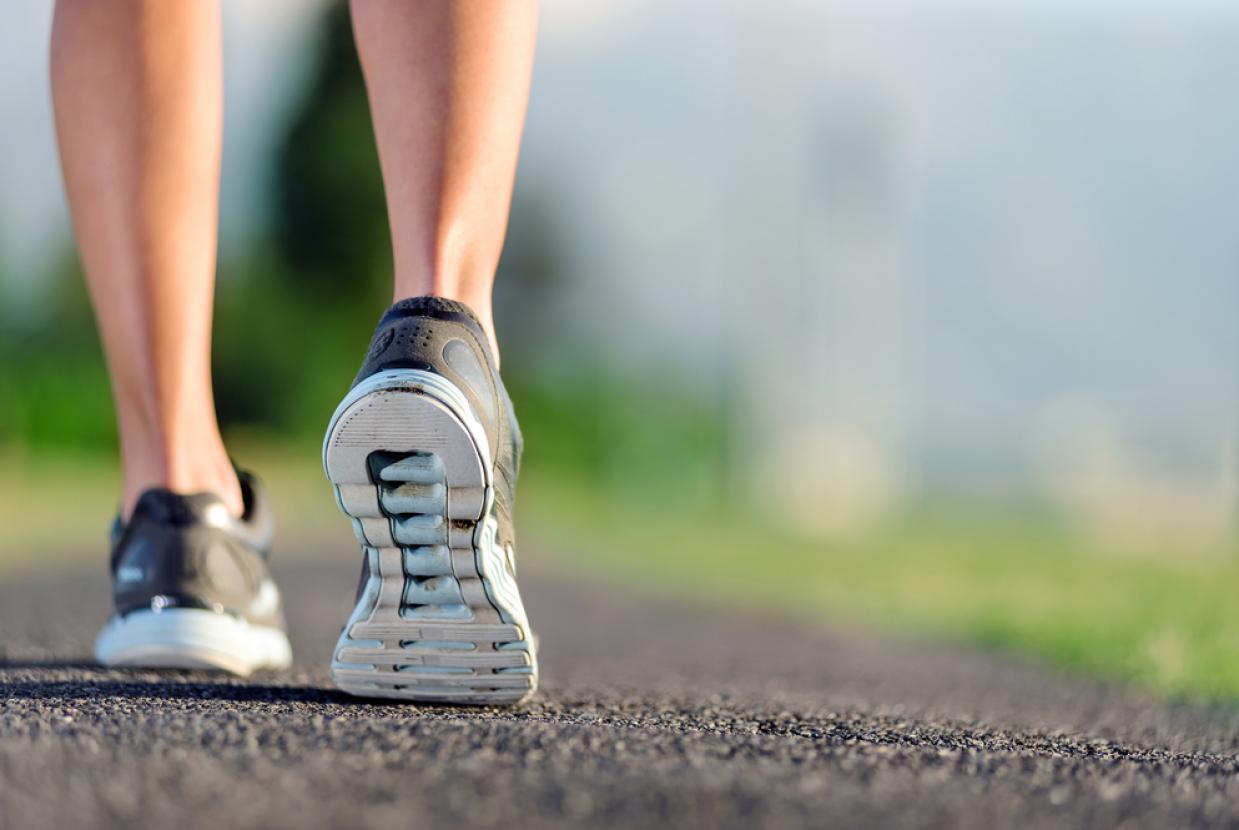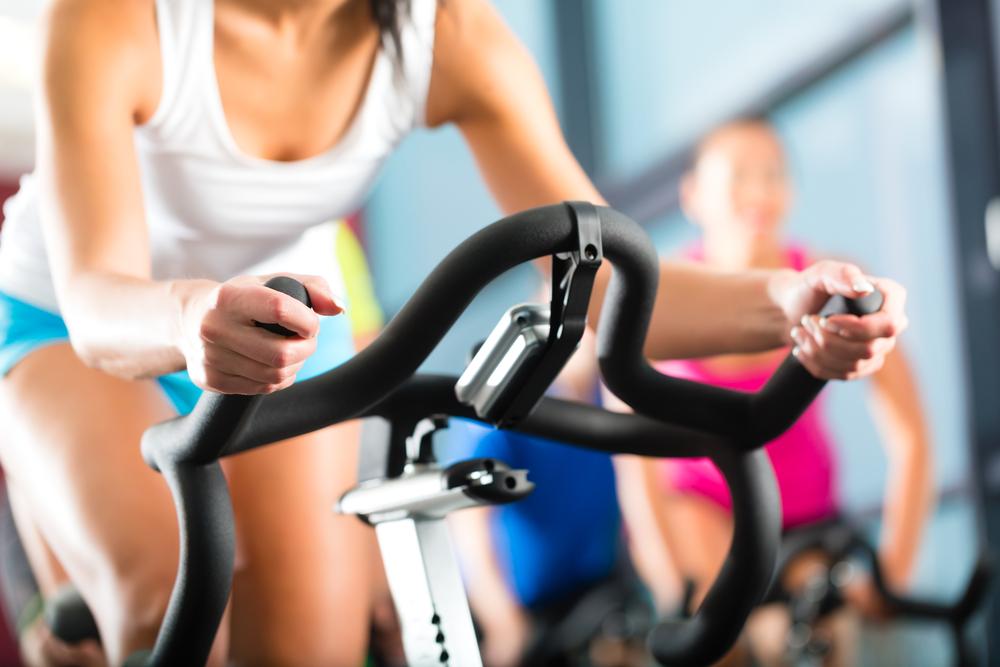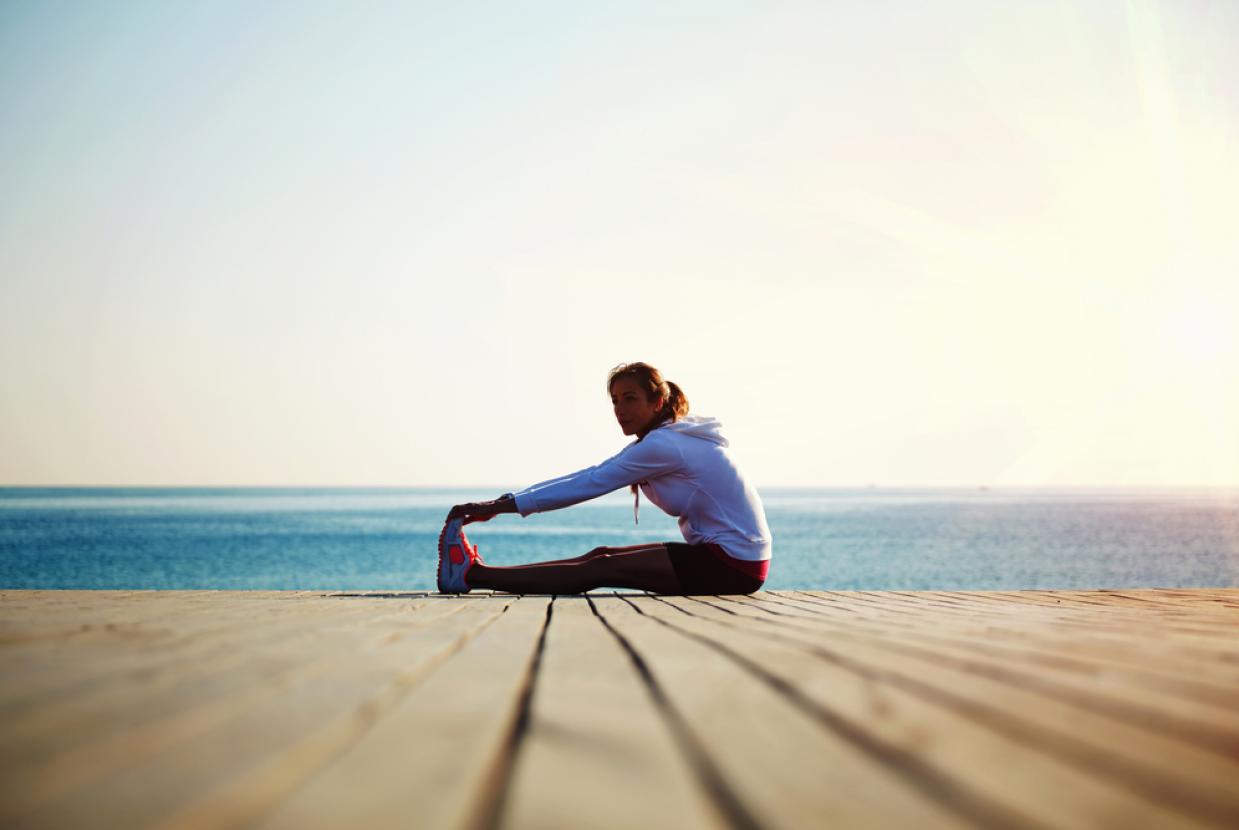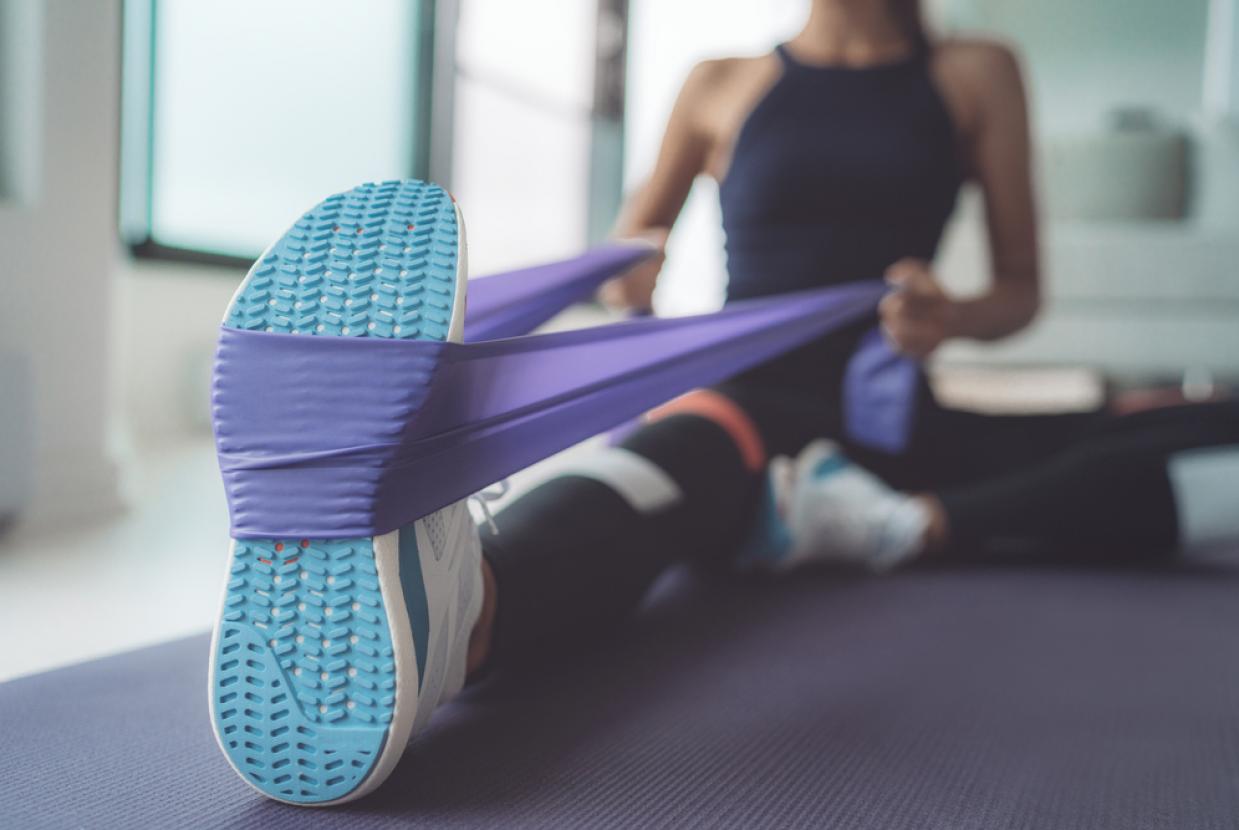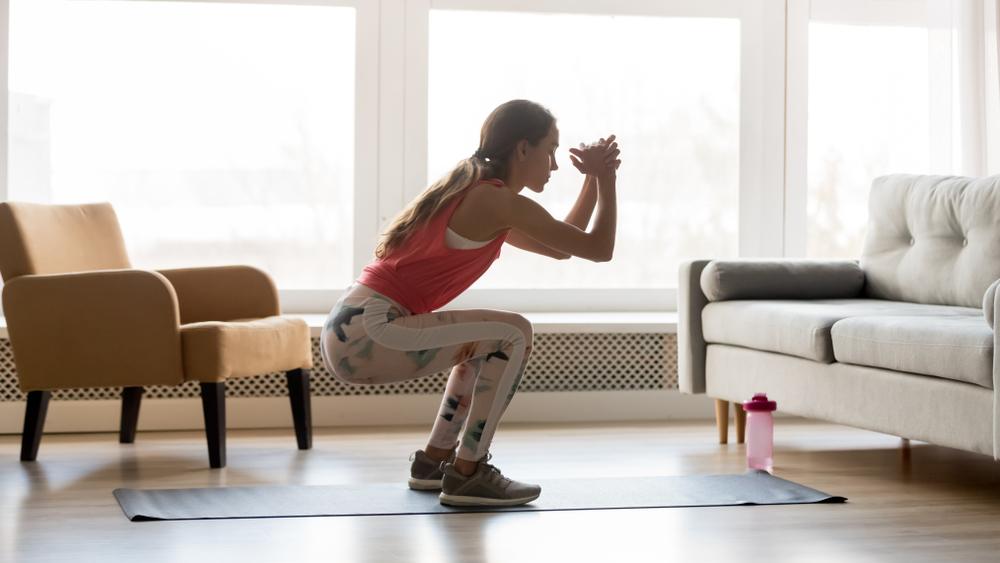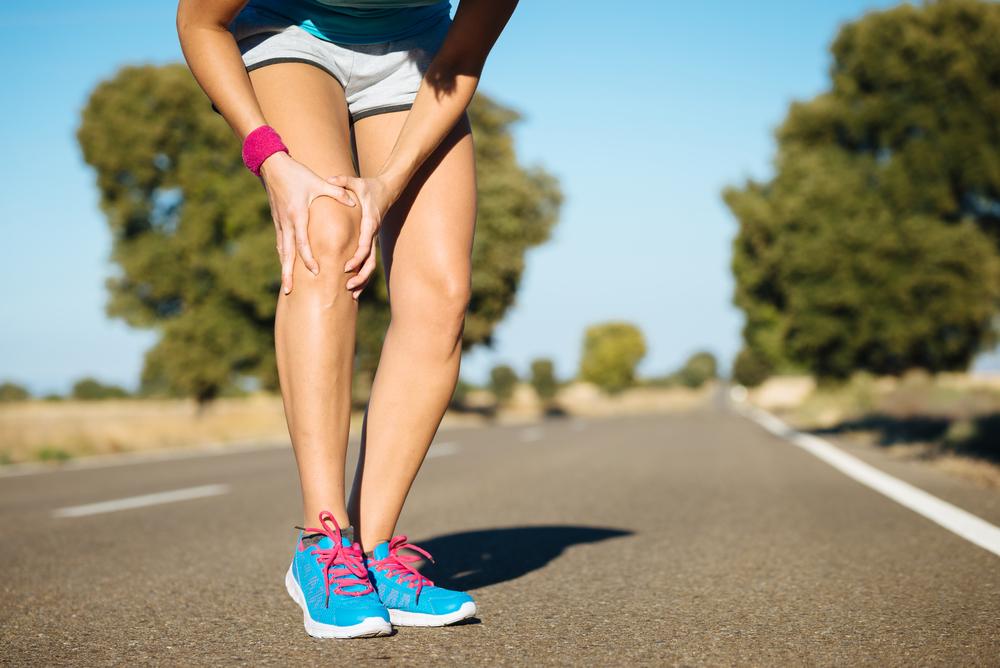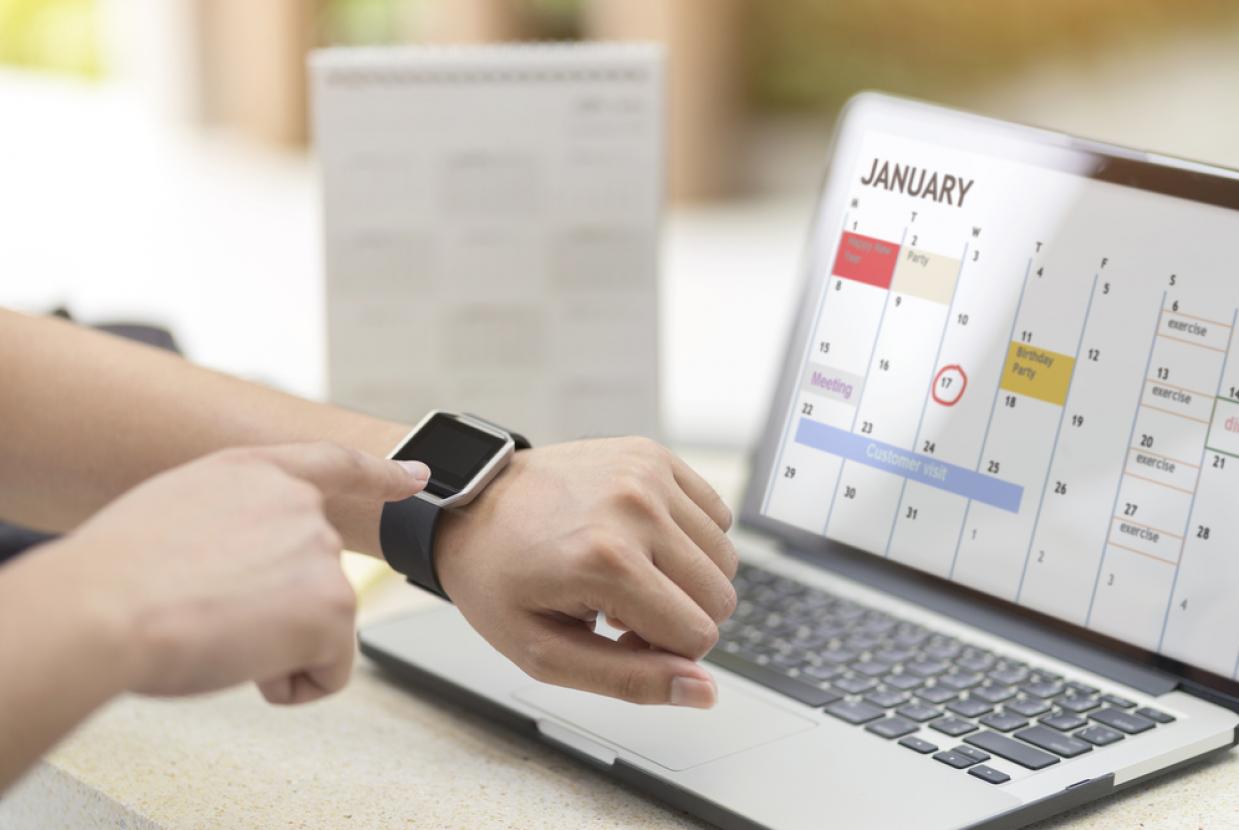11 Tips For Winter Cycling
Get FitThe winter months are enough to put you off leaving your house, let alone going for a cycle. But, if you are braving the weather on two wheels, we've got a few tips to keep you safe on the saddle.
We asked our staff for any tips on how to cope on your bike in the colder months. Here’s what they said.
1. Keep your feet warm
There’s nothing worse than frosty toes or wet feet. To keep your toes toasty during your ride, we recommend a decent pair of socks and a pair of waterproof shoes (or overshoes).
Wear appropriate, non-slip footwear. Not only will your feet stay dry and warm but you’re less likely to slip on your pedals or ground when stopping.
2. Wear waterproof gloves and a hat
Keeping your hands and head warm will transform your winter ride.
A thick pair of ski winter gloves will protect your hands adequately, but make sure you that you can still brake, change gear and grip your handlebars safely before you set off.
The same applies to your head. A good hat or knitted headband will provide comfort but make sure it doesn't obstruct your vision or hearing while out on your bike.
If you're riding into icy headwinds, make sure you have a snood, Windstopper or cycling balaclava at the ready.
3. Be prepared for all weather
It's often said that those who fail to prepare, prepare to fail, and this rings true when it comes to winter cycling. Even if you're in a rush, check the weather and dress adequately in winter cycling gear.
If it's going to rain, chuck on your waterproofs and some warm layers; you won't regret it when the heavens open.
The nights are also longer in the winter, so always make sure you're visible to drivers and pedestrians by wearing high-vis clothing and check your bike lights before you leave.
4. Wear lots of thin layers
It’s easy to get hot and sweaty when you’re riding your bike, even in winter.
Rather than chucking on your biggest puffer jacket and over-heating, wearing multiple thin layers means you can take things on and off so you don’t end up hot and bothered when you arrive at your destination.
5. Quality waterproofs
Rather than buying 'shower-proof' jackets, make sure that you are wearing quality waterproofs while out on your bike.
Waterproof hats, gloves, jackets and trousers will keep you dry and (relatively) warm whatever the weather.
6. Keep your bike in tip-top condition
After riding in bad weather, it's a good idea to give your bike five minutes of TLC to keep things running smoothly. Give it a general rinse and wipe-down to remove dirt, salt and grit. Pay particular attention to the chain, gears, brakes and wheel rims.
Dry it off with an old towel and disperse any excess water in moving parts with a spray of WD40, GT85 or something similar then add some bike oil to the chain and gear mechanism.
7. Get a grip
Whatever the weather, you should always have a good set of tyres on your bike, but they're particularly important during the cold winter months.
A good set of tyres will go a long way to prevent unnecessary skidding and they will also lessen the likelihood of you having to fix a puncture in the sleet and rain.
Inflating your tyres a little less than you would in summer improves their traction in slippery conditions.
8. Pedal with care
Pedals get slippery in the wet too. If you’re not comfortable with clip-in pedals, invest in some with extra grip.
They’re pretty easy to fit or your local bike shop can give you a hand if you're struggling.
9. Take it slow
It will take a while for your body, especially your joints and muscles, to warm up properly, so don't burst into a sprint as soon as you leave your house.
Leave extra time for your body to warm up make sure that you cycle slower in wet and snowy conditions. There's no need to risk your safety for the sake of a few minutes.
10. Keep out of the gutter
Puddles, which will freeze, are more likely to form in the gutter, and you’re better off staying in the centre of the lane, where cars have driven and cleared the snow.
Keep clear of leaves, manhole covers and cracks in the road as they can be unexpectedly slippery.
11. Stay in control
Snow and ice are particularly hazardous cycling conditions, so you need to make sure that you are in full control of your bike at all times. When riding on settled snow, brake often to clear rims as braking can take up to six times longer when the rims are wet.
If you encounter ice, steer straight, don't pedal, and try not to brake as this could cause you to skid and fall. If you are heading out on a ride in winter conditions, be sure to take extra care and don't put yourself at risk.
In poor weather, you might want to consider wearing a helmet if you don't usually wear one. And, if the conditions are too treacherous, don't be ashamed to put the bike in the shed and head back inside.




